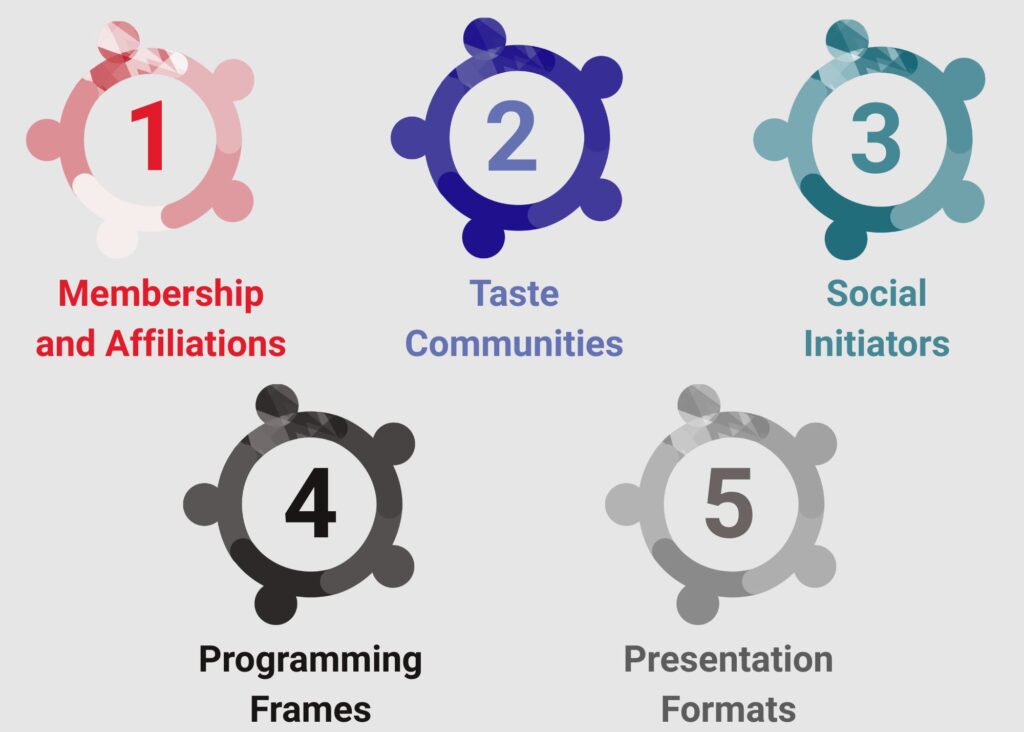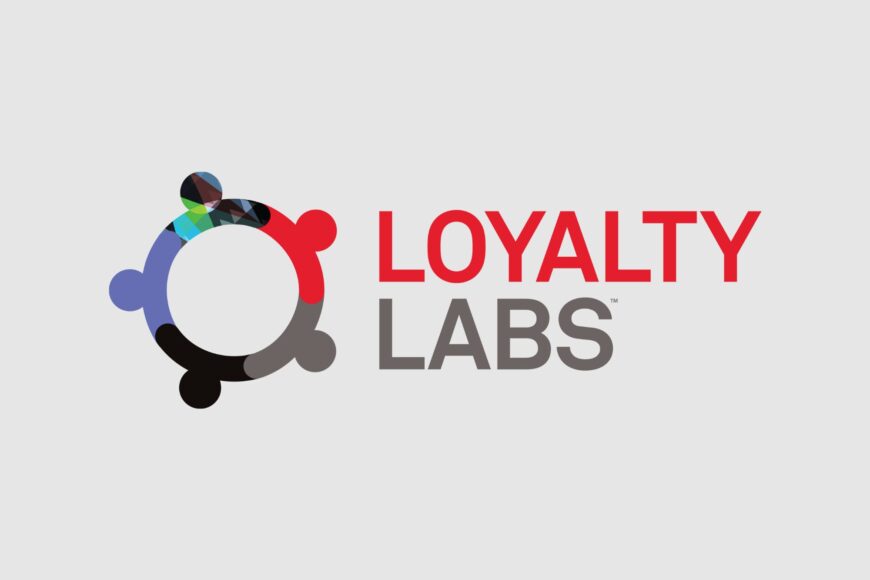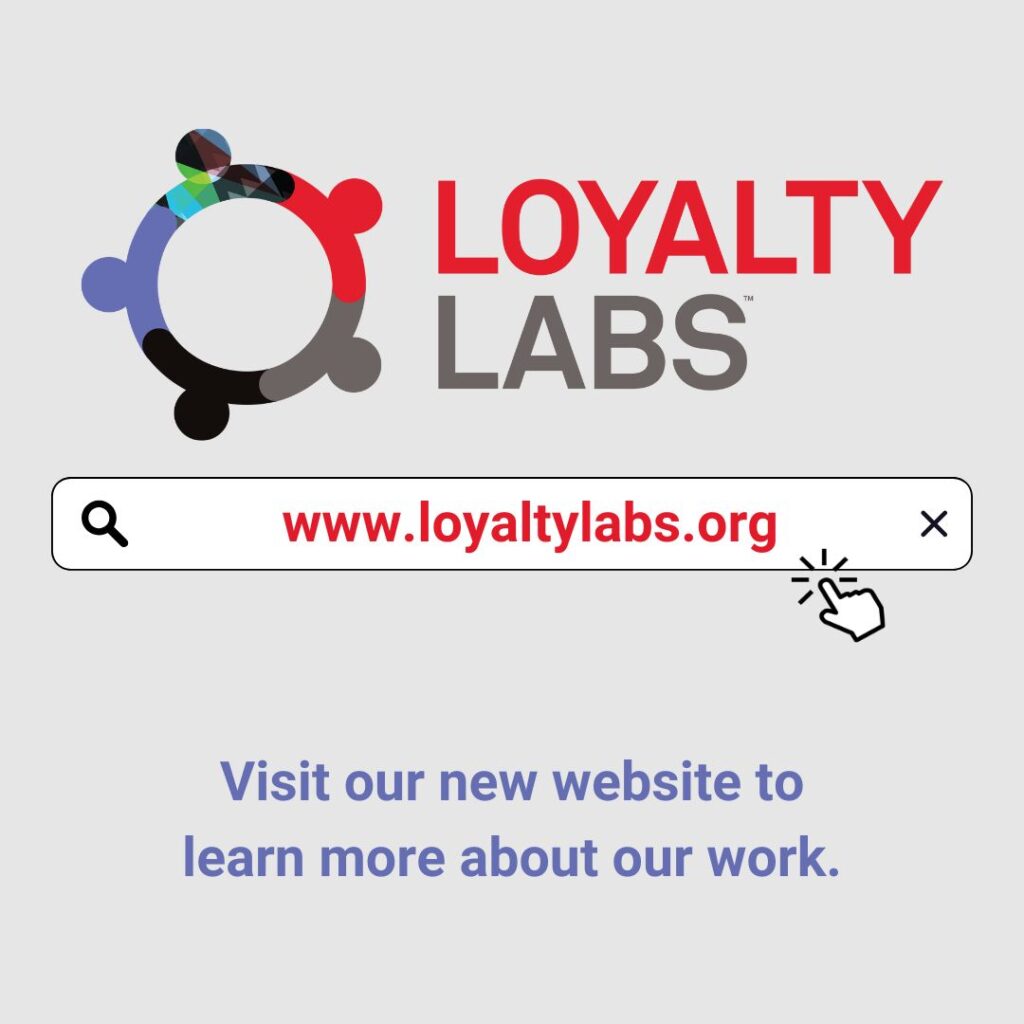Written by Alan Brown
Our sector is not learning fast enough from itself in order to make long overdue adjustments to programming, marketing, and the ways we engage the public in our missions.
This is not to suggest that experimentation isn’t happening – it is. At this moment, for example, scores of organizations are implementing new membership programs. Orchestras and chamber music presenters are experimenting with new approaches to thematic programming. Theatres are trying out new formats. And nearly everyone is looking for ways of activating the vast sea of non-returning single ticket buyers.
With earned revenues declining sector-wide, the urgency of rethinking customer relationships is now crystal clear.
But the decentralized nature of our sector, and the lack of established structures for R&D and sector-wide learning, conspire to slow our progress – even when it’s widely recognized that new approaches are needed. When it happens at all, learning about important new practices is shared at annual conferences or through consultants. Foundations generally don’t fund R&D. When they do, it usually takes the form of single-site, one-off projects that are not designed for learning and do not benefit the field more broadly.
In other words, the system of R&D that leads to the design, prototyping, testing, and widespread adoption of new practices is slow, haphazard, under-capitalized, and inequitable. As a result, our future as a sector is under-imagined.
To address this structural barrier, we must move beyond the winner-takes-all, grant-getting mindset that motivates experimentation and shift towards multilateral, self-reinforcing systems of learning and experimentation as a collective enterprise. If we’re successful, we’ll illustrate to funders how their investments in R&D can be leveraged to achieve sector-level impact.
In the meantime, we’re on our own. It is up to us, not some government agency, funder, or service organization to build a stronger system for peer learning:
- one that levels the playing field for small and large organizations;
- one that fosters learning across disciplinary silos;
- one that encourages iterative, multi-site experiments; and
- one that shortens the cycle of learning such that results from new experiments are immediately available to the sector and incorporated into the next round of experiments.
What is Loyalty Labs?
Loyalty Labs is a community of practice – a group of arts and culture professionals working collaboratively to fast-forward new, research-driven approaches to strengthening customer relationships. Participation is through membership. It’s our humble attempt to set out on a new pathway towards more rapid, and more equitable, field learning.
Members may participate in any or all of the five “Labs,” each focused on a distinct strategy for drawing customers into relationships. Visit loyaltylabs.org for information about the program. Organizational memberships range from $99 to $327 annually, based on budget size, and allow up to five individuals from the organization to participate.

The five Labs are:
- Membership and Affiliations: designing, testing, and implementing a range of mission-driven affiliation and membership opportunities
- Social Initiators: brainstorming the design and implementation of programs and tools that support social initiating behaviors (i.e., inviting friends and organizing small groups)
- Taste Communities: bringing a new focus to adult education as a means of expanding aesthetic pathways into the art (i.e., nurturing “tastes”) and engaging people who hunger to learn more, regardless of how frequently they can attend in-person
- Programming Frames: exploring approaches to programming that allow audience members to build affinity for “frames” (i.e., strands, themes, ideas, etc.) that stretch across seasons and do not require knowledge of titles or repertoire to make choices
- Presentation Formats: developing alternative presentation formats that can be widely adopted across the sector (e.g., relaxed formats, educational formats, collage formats, late-night formats)
Each Lab is supported by a WolfBrown facilitator along with a small group of advisors with relevant experience. In this fashion, we hope to build an ever-widening hub of expertise around each practice.
Members have priority access to market research illuminating each of the Labs, regularly updated case studies on relevant experiments from across the sector, online events spotlighting specific issues and emerging practices, and quick access to peers with shared interests and experience within each Lab. As we learn about new experiments, we’ll quickly share out available information within each Lab. Eventually, we hope to open the program to foundation funders who see the value of multi-site R&D.
Next Steps
I’m pleased to say that a consortium of Canadian service organizations, including CAPACOA, Orchestras Canada, Professional Association of Canadian Theatres, and the Association for Opera in Canada, will underwrite participation in Loyalty Labs for all their member organizations for a year.
In the US, we’re pleased to welcome capacity-building partners in Memphis (ARTSmemphis) and Phoenix (Flinn Foundation). If you’re a funder, local arts agency or service organization and would like to learn about opportunities to sponsor a cohort of organizations in the Loyalty Labs program, please reach out to me.
In today’s hyper-saturated marketplace for entertainment experiences, consumers attach affinity in bits and pieces to a wide field of objects, including artists, genres, diasporas, individual works of art, cultural spaces, presentation formats, themes, and, occasionally, institutions. While frequency of attendance is associated with higher levels of loyalty, many of the people who cannot attend frequently are, in fact, passionate about the art and eager to engage in other ways.
Please join us on this journey to design new pathways into the heart of mission – embracing a more humanistic and less transactional view of audiences. If revenue follows value, then we must necessarily ask what value we can create that will propel people along their lifelong journey through the arts.



